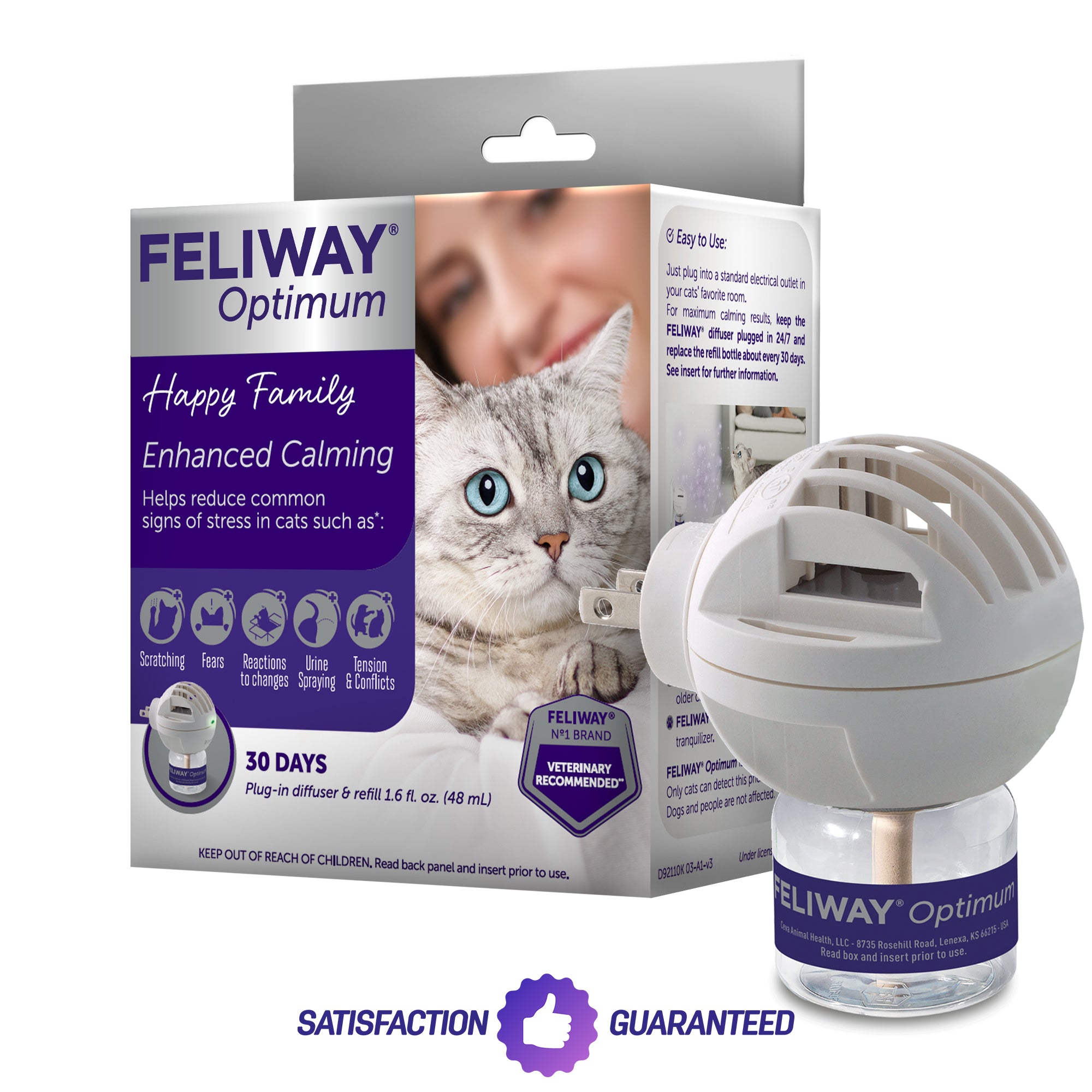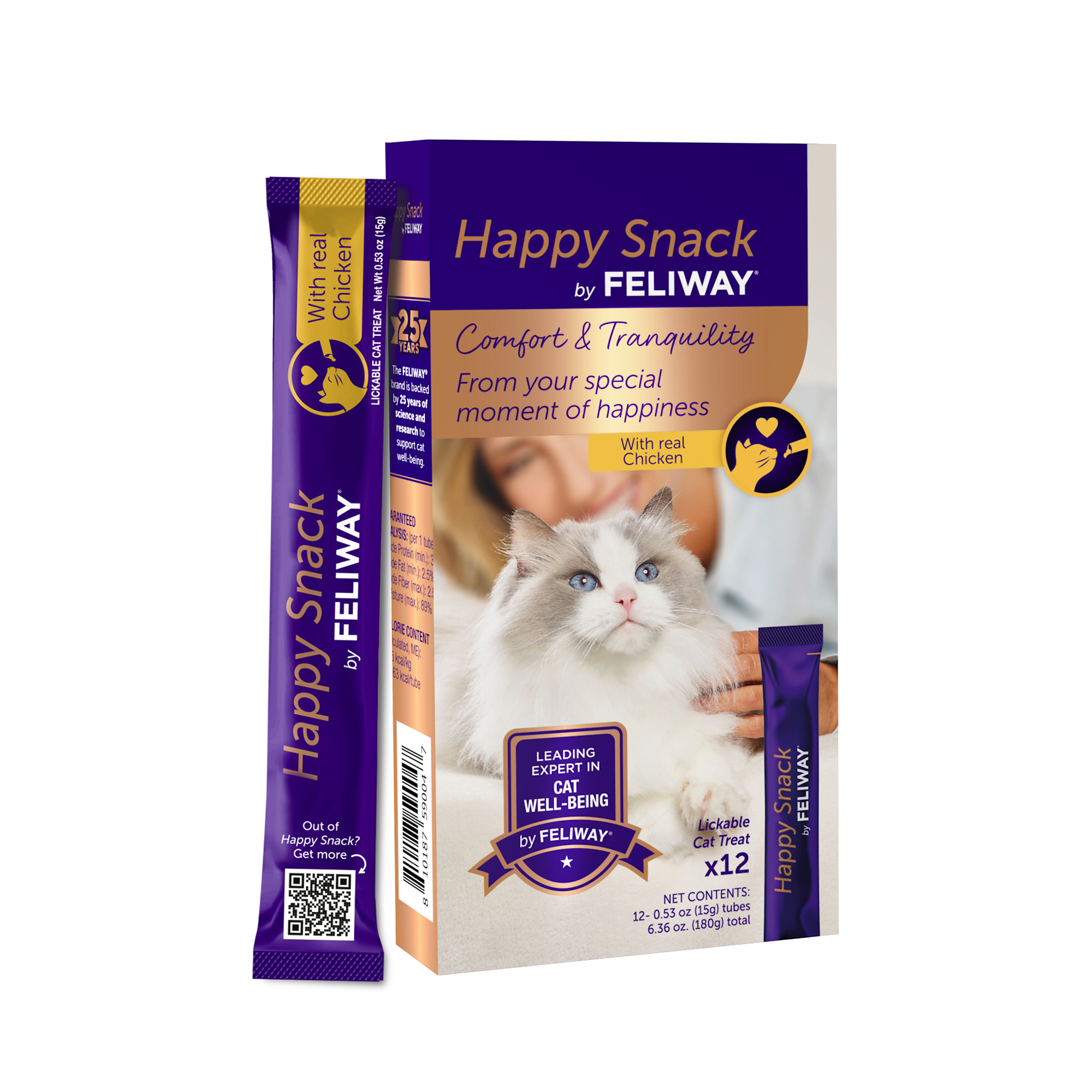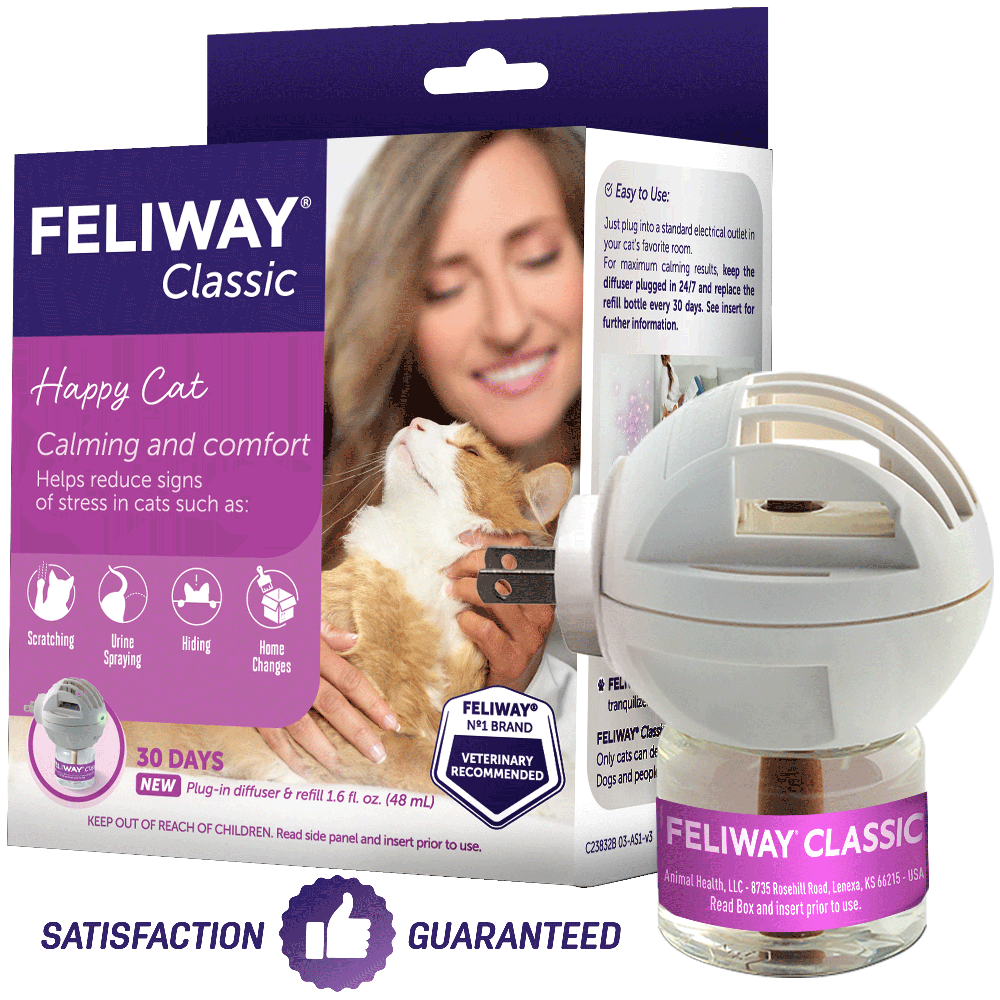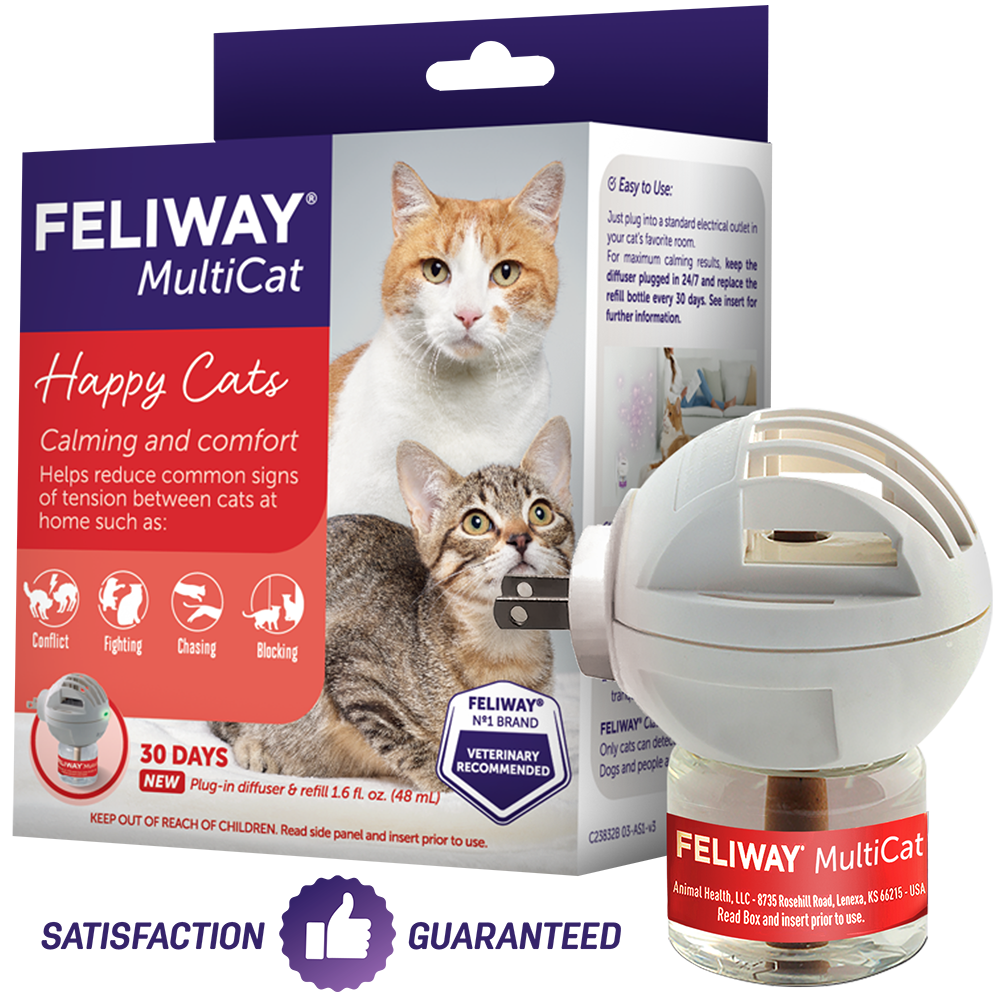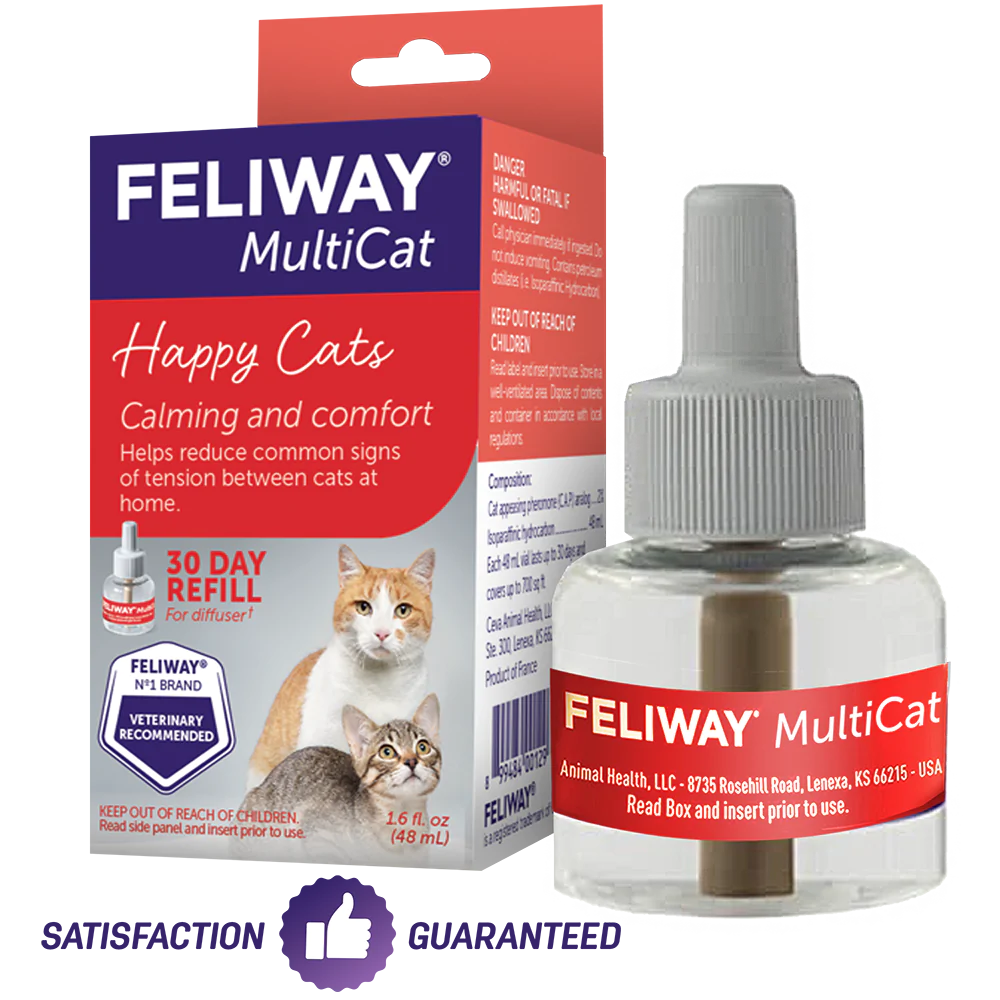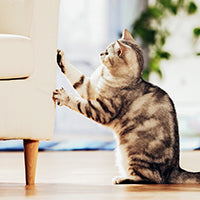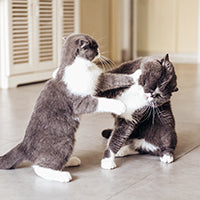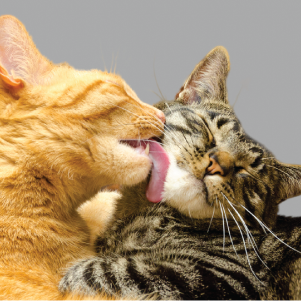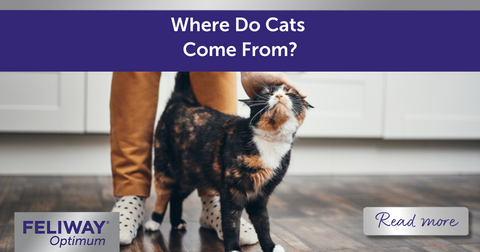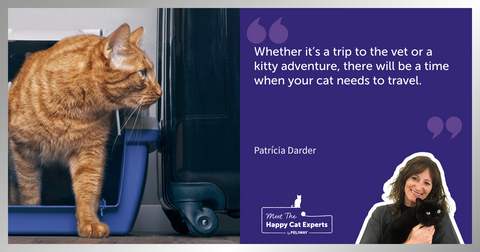
Can a Cat Recognize You by Smell? How Your Cat Knows It’s You
When your cat comes running up to you with their tail in the air, it’s a wonderful feeling. But how do cats recognize their humans? Well, one way may be through their sense of smell!
How Your Cat Knows It’s You
A cat’s sense of smell is far better than human’s, thanks largely to the fact they have many more olfactory receptors (smell receptors). In fact, they use scent to gather social information in the same way that we use faces and voices.
Every one of us carries a unique mix of skin oils, sweat, breath and the scents of places we’ve been. Cats learn these complex signatures, using them to perceive humans and identify if we’re calm or stressed.
A recent study even found that cats could distinguish their humans by scent, with cats spending less time sniffing their cat parent’s scent than that of a stranger’s. The study also found that cats often sniffed familiar scents with their left nostril and unfamiliar human scents with their right.
Do Cats Recognize Humans?
When cats rub, knead or groom, they’re not just being affectionate. They’re actually demonstrating a behavior called ‘scent mixing’, in which they build a ‘group scent’. This allows cats to recognize humans, especially their humans, as well as their environments.
Rubbing
Cats have scent glands along their cheeks, foreheads, lips and bodies – especially near the tail. When cats rub against humans or objects, they use these glands to actively spread their scent and pheromones to mark their territory.
Often, when a cat rubs against a human or piece of furniture – or any items like bedding and soft clothes – they are mingling scents. This helps cats recognize familiar individuals and environments, establish social bonds, and feel comfortable within their home.
Scent-swapping can be a great way to introduce new cats to a household, familiarizing them with different smells before visiting new people or places and leading to smoother introductions.
Kneading
Kneading (also known as making biscuits!) originates from kittenhood, when kittens often knead their mother’s belly to stimulate milk flow.
As adults, some cats still knead when they feel safe and content. The kneading motion activates scent glands in their paw pads, letting them deposit their scent and – when used on humans – marking those humans as familiar and safe.
Grooming
Cats who share a space often groom each other. This is another way of mixing their scents and strengthening their sense of belonging. Some cats may try to groom their humans too, through licking or gentle nibbling

How Do Cats Rely on their Sense of Smell?
Territory Marking
Like many animals, cats use scent to mark their territory and create invisible signposts to define the boundaries of their domain. They do this by rubbing against people and objects, subtly spreading their scent and pheromones around their space.
If multiple cats live in one territory, conflicts may occur, leading to more distinctive territory marking methods like indoor urine spraying or scratch marking.
Navigation
When your cats are out roaming, they may not have a GPS system, but they can build their own scent map. By marking their way with scent deposits, they can note safe or unsafe locations where they can find food, water, hiding places and more.
Hunting
Cats depend on their sense of smell to identify when food is safe to eat, especially when stalking potential prey. You’ll find that many cats with an impaired sense of smell may refuse food when they can’t detect its aroma.
How Do Cats Know Humans Are Not Cats?
Cats view the world through a different lens to humans, which naturally means cats perceive humans differently to how we view them in return. Still, cats know that humans are not cats: we’re too big, smell different and act strangely! However, we are a part of their social group, and cats can recognize and incorporate humans into their environment through scent-mixing.
How Changes in Scent Can Confuse a Cat’s Sense of Smell
Like us, cats can be confused and distressed by sudden scent or environmental changes. Strange or strong new scents – from things like cleaning agents, freshly painted surfaces, or unfamiliar perfumes – can confuse cats, completely shifting their scent map.
In a group or cat colony, if one cat’s smell changes – say after a vet visit – others may not immediately recognize it, leading to conflict.
When there are significant scent changes, you may find that your cat:
-
Hides more often
-
Increases their marking behavior
-
Becomes clingier or more aloof, depending on their personality
-
Demonstrates more aggressive behavior towards other cats
Do Cats Perceive Human Emotions?
It’s not in your head, your cats can recognize how humans are feeling!
It’s widely known that when we feel stressed, anxious or fearful, our bodies release different hormones – like cortisol or adrenaline. These hormones can shift the chemicals in our sweat and breath and subtly alert our cats to our shifting mood.
A study published in 2023 proved that cats displayed more stress-related behavior when sniffing odors from fearful humans compared to that of a neutral odor. Curiously, these cats tended to use their right nostril more for these ‘fear’ odors.
But it’s not just a cat’s sense of smell that tips our kitties off. Cats recognize their humans’ behaviors and know when our moods shift: we may move more sharply, speak differently or interact with them less.
Tips to Help Cats Cope with New Scent Changes
Here are just a few ideas of how to help your cats cope with new smell changes:
-
After vet trips, keep your cats apart for a short time and swap their scents with your hands or a cloth.
-
During a house move, think ahead and bring unwashed toys or bedding to rub your cat’s scent around the area. To help your cat ease into their new environment, use FELIWAY® Optimum. The diffuser releases a pheromone complex that provides reassurance for your cat, helping them feel more comfortable and secure in their new home environment.
-
Introduce new people and items slowly, letting them go at their own pace so that new scents can mix gradually.
-
Allow your cat to sniff you after you’ve been away, such as when you return from travelling, working or shopping.
-
Use positive-smelling enrichment with treats, like Happy Snack by FELIWAY®, or place a familiar smelling blanket on your lap to build trust.
For more tips on all things cat care, continue exploring our FELIWAY® blog online. And don’t forget to sign up to our newsletter to stay in the loop with everything we’re up to!
